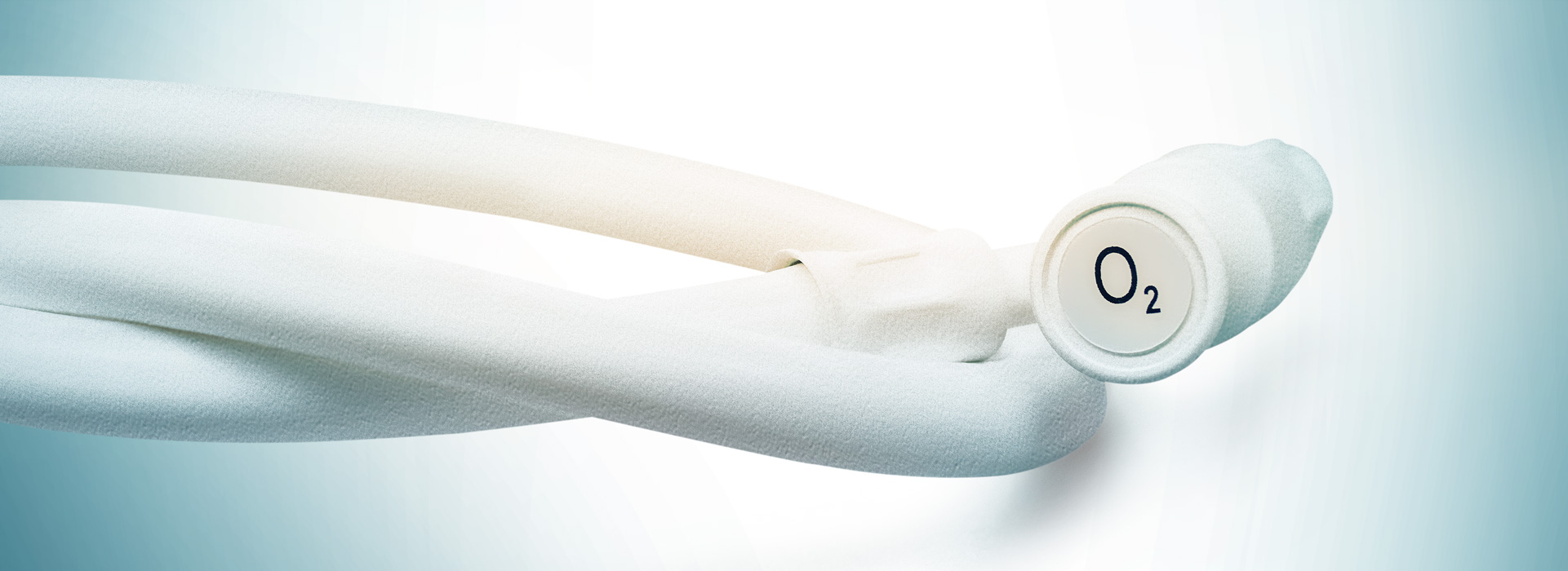Bionique Flow Technologies
Extra Corporeal Membrane Oxygenation (ECMO – used as a generic term for both ECMO and ECLS) is used to treat acute respiratory and circulatory failure – a condition that affects about 12 million people worldwide every year.
ECMO equipment evolved from the adaption of heart-lung machines utilized for cardio-pulmonary bypasses during thoracic surgeries. Most of the currently available devices have only experienced incremental innovation over time, which only yielded gradual improvements.
Hemovent has been taking a disruptive approach, utilizing cutting-edge design principles from flow dynamics research. This paradigm shift led to development of our game-changing Bionique Flow Technologies.
We realized our vision and created a system that performs extracorporeal perfusion and oxygenation in a very gentle way. Our Bionique Flow Technologies facilitate a significant reduction of foreign surface contact area, shear stress on the blood cells, and thrombocyte activation. Moreover, we were able to increase gas exchange efficiency and device miniaturization at the same time.
HEMOVENT PRODUCTS ARE NOT CLEARED OR APPROVED BY THE
U.S. FOOD AND DRUG ADMINISTRATION AND ARE NOT AVAILABLE FOR SALE IN THE U.S.



